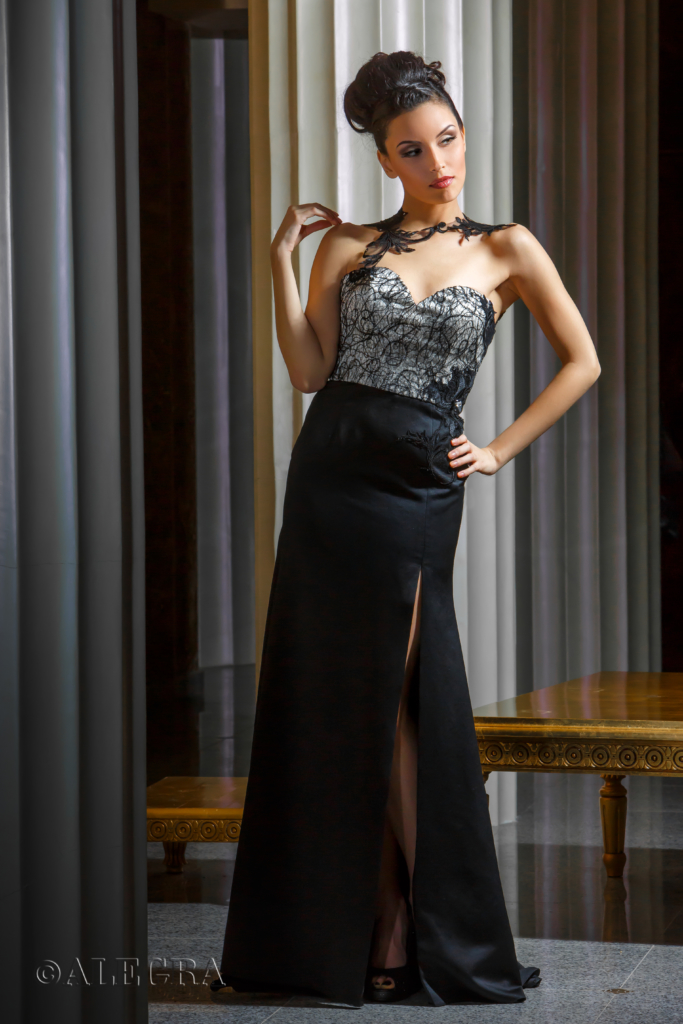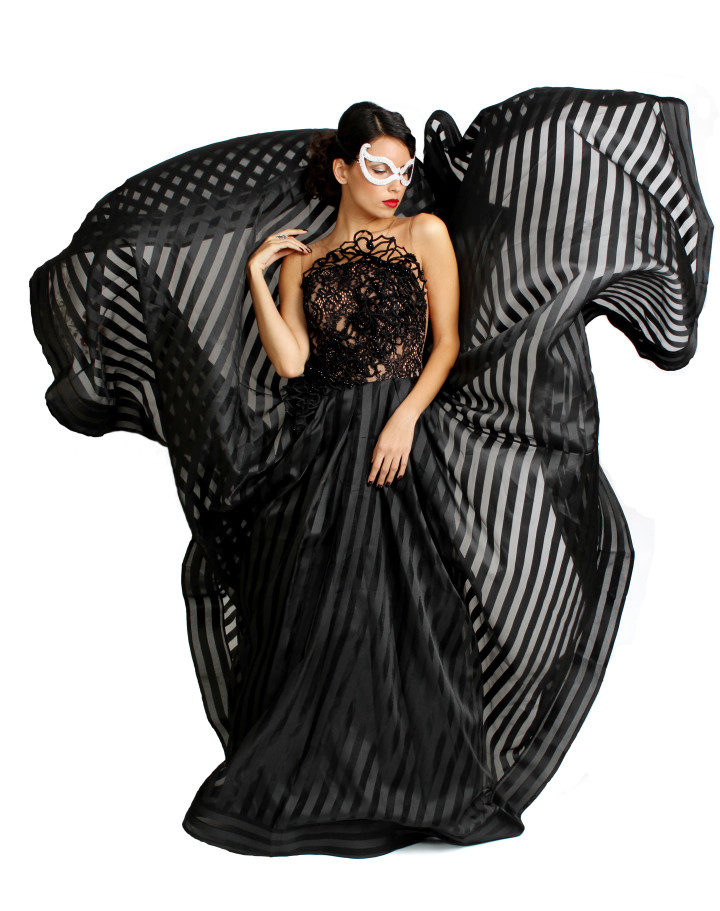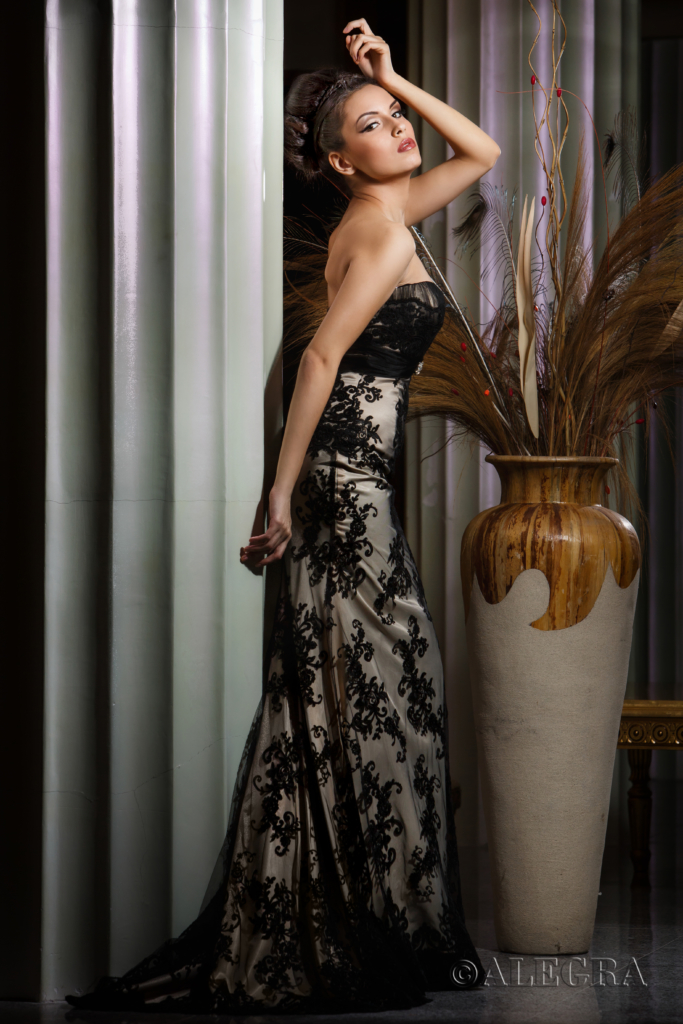Style Du Monde: The Black Dress
Black, while frequently disregarded as a mere shade, boasts a symbolism as intricate as that of any color, rivaling only the multifaceted blue.
Time to read: 5 min.Colors bear their own code of associations, conjuring certain perceptions in our mind and eliciting physiological and emotional responses. One might argue that our interaction with colors is akin to the masterful strokes of a poet’s pen—conveying emotions, sensations, and ideas that dwell deep within the subconscious realm.
THE BLACK DRESS
“Women think of all colors except the absence of color. I have said that black has it all.”
— Coco Chanel
Black, while frequently disregarded as a mere shade, boasts a symbolism as seductive as red and as multifaceted as blue.
In the Victorian era, black was the apparel of mourning, demanding not just a dress code but an elaborate etiquette (and yes, Scarlet O’Hara’s flirtatious defiance in full mourning attire was certainly a scandalous deviation from the norm). Contrastingly, for some Native American tribes, black symbolized victory and success, a testament to black’s nuanced nature.
Today, black continues to straddle multiple realms. It embodies bereavement and celebration, traditionalism and anarchy, conservatism and rebellion, chicness and rawness. Its paradoxical nature supports Chanel’s assertion that black, indeed, has it all.
Below, we explore our favorite dimensions of black in fashion, as stylishly displayed by Argent’s dark lady, Mila Belcheva.

BLACK AS CLASS
Historically, the black color resonated with solemnity and power, a favorite of judges and clergy. In the early 20th century, it was the garb of the so-called lower class and servants (picture the staff in “Downton Abbey”). Then, around 1920, Coco Chanel, a self-taught fashion visionary, disrupted this narrative. In stark contradiction to the fashion luminaries of the time (such as Paul Poiret), she championed black as the epitome of stylish simplicity and sophistication.
Chanell’s bold vision marked a revolutionary departure from time-old traditions. It transcended socio-economic barriers and seasonal trends, uniting women worldwide in the pursuit of style. In time, the little black dress evolved, inspiring iconic pieces like Yves Saint Laurent’s “Le Smoking” tuxedo, further entrenching black as the hallmark of elegance.

BLACK AS ECCENTRICITY
When pondering the essence of eccentric elegance, one singular image stands out: Audrey Hepburn as Holly Golightly in the timeless adaptation of Truman Capote’s “Breakfast at Tiffany’s” (1961). It was here that the little black dress, crafted by the legendary designer Hubert de Givenchy, made its big cinematic splash, leaving a lasting impact on both film and fashion.
The opening scene, in particular, has secured its immortal place in the annals of film history: Hepburn, as Golightly, steps out of a taxi in the early morning, adorned in her now-iconic black dress. Gazing at the glittering window display of Tiffany’s, coffee and pastry in hand, she is the ultimate embodiment of sophisticated whimsy. Whether accented with a string of pearls, elegant gloves, a long cigarette holder, or her striking oversized sunglasses, she showcases a flawless fusion of quirkiness and elegance, firmly cementing the black dress as a staple of eccentric fashion.

BLACK AS NONCONFORMITY
In the vast spectrum of fashion symbolism, black stands as the quintessential rebel, the sartorial flirt with nonconformity.
Take Lilith, the archetypal pioneer of feminine defiance. She emerges in the apocryphal texts as Adam’s first wife – more enigmatic and certainly spicier than her biblical successor. Sculpted from the same clay as Adam, Lilith was not one to shy away from a good marital quarrel, advocating female equality with such passion that would make her a modern feminist’s ideal. Weary of Eden’s status quo, she eventually rebels, opting for self-exile over conformity. Lilith’s attire, much like her narrative, is swathed in the shadows of black as a symbol of the ultimate rebel – uninhibited and, therefore, dangerous.

Fast forward to 1965, when Catherine Deneuve, the icy Belle de Jour of French cinema, stepped down the aisle in a statement-making black dress with British photographer David Bailey. To challenge the nuptial norms even further, Deneuve held a cigarette for most of the ceremony. In sync with the era, Deneuve eschewed the conventional white bridal gown, asserting her own declaration of nonconformity and break from societal expectations (the 60s, as we know, were largely marked by a desire for emancipation and defiance of tradition).
Then, in 1969, Yoko Ono married John Lennon in a black mini dress paired with knee-high socks, a fashion choice as unorthodox as Ono’s art. And so, the black dress was cemented as a garment that says ‘I do’ to individuality and ‘I don’t’ to convention.
BLACK AS ENIGMA AND PROTECTION
Defined by its absence of color, black emerges as the ultimate enigma. To wear black is to drape oneself in a cloak of mystery, crafting a narrative that extends beyond one’s attire. Black’s mysterious appeal is embodied by a plethora of iconic characters, among which are Zorro, Batman, Catwoman, and the ominous Man in Black from Westworld. These character’s choice of attire is a direct reflection of their duality and emotional complexities.

Photo: Diana KralevaBlack also offers a sense of security and protection. It acts like a fabric shield against the scrutiny of the world, which is also why the aforementioned characters favor it. Insert here the black tourmaline gemstone, treasured by shamans and healers for its defensive properties. This stone has been revered through the ages for its capacity to safeguard against harm and heal on a physical, emotional, mental, and spiritual level. In this light, black attire functions as a form of ancestral armor, protecting its wearer from both external threats and internal turmoil.
BLACK AS TIMELESS
With its ever-spinning wheel of seasonal trends, the world of fashion often dictates a particular color palette. Autumn demands earthy tones; spring embraces florals; summer calls for bright hues. Black, however, transcends seasonal stereotypes, possessing a universal answer to the perpetual query: “What do I wear?”
Timeless? Absolutely. Any questions?


